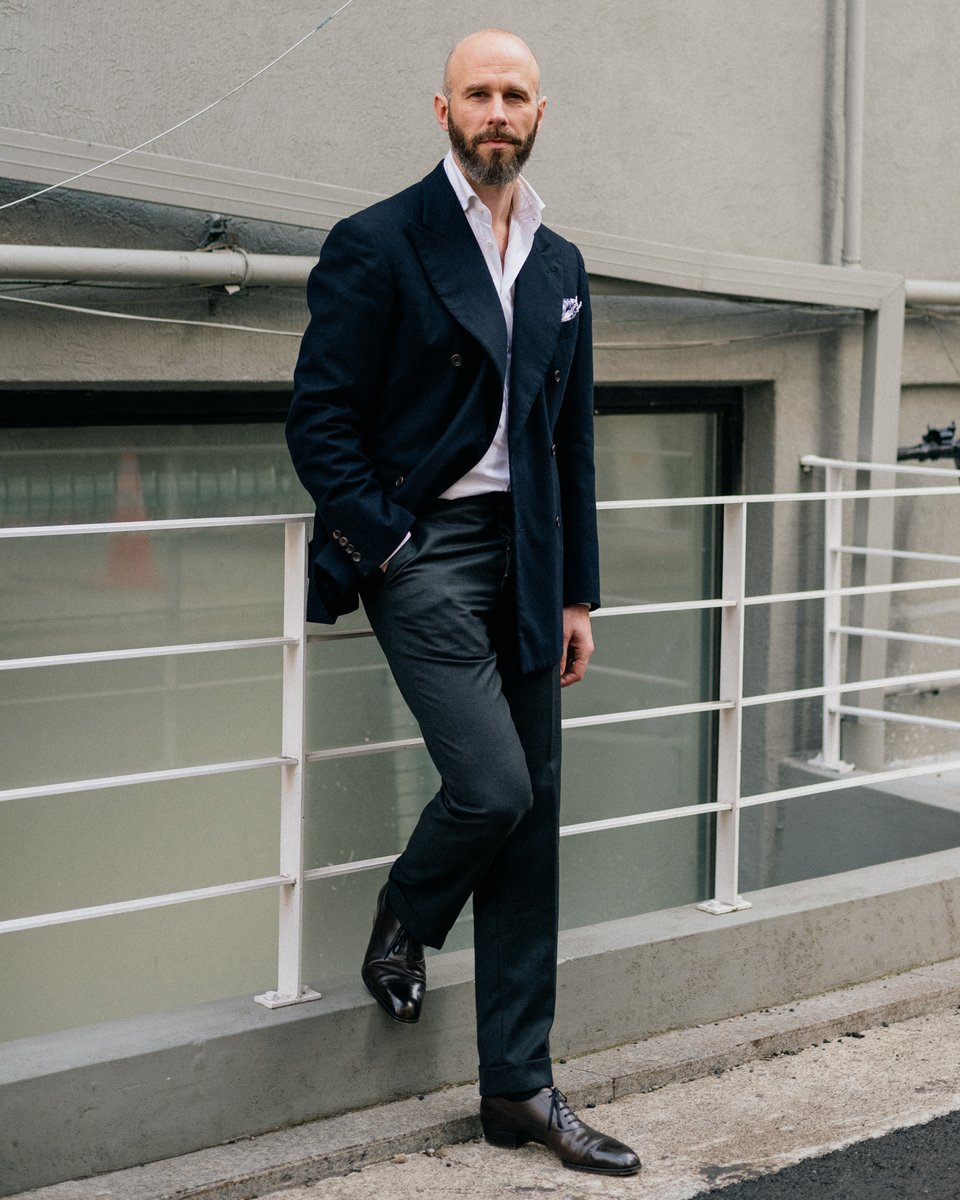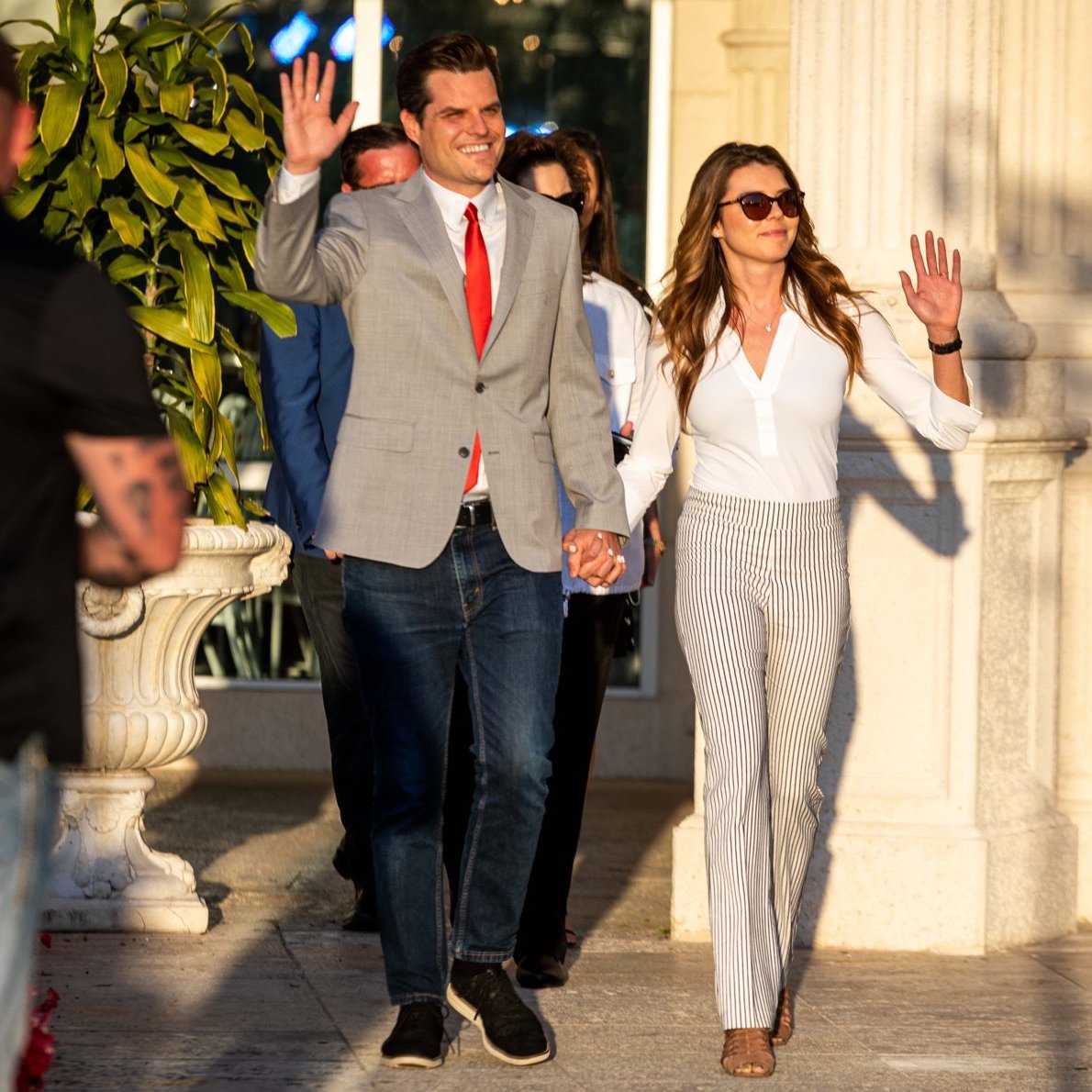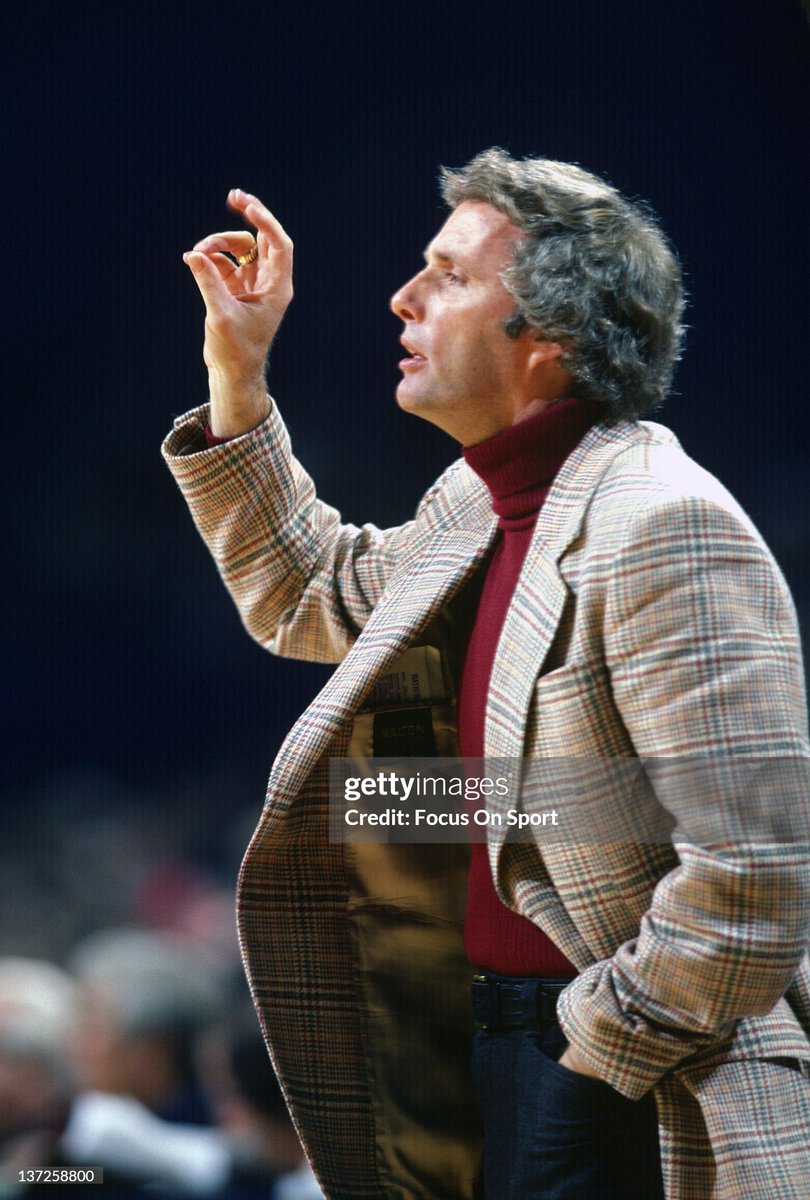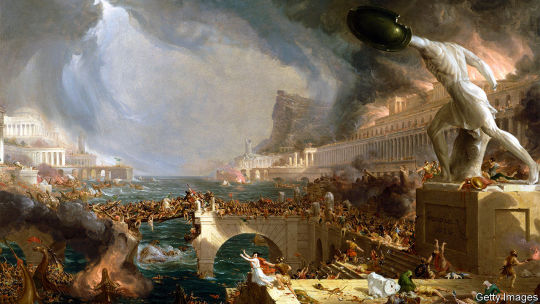going to get very into the weeds on color theory in mensewar, repeat some info that im sure many people have already heard me say, and then recommend some things without regard to price bc jason has the money to spend 🧵
https://twitter.com/Jason/status/1700294752644506008
tan shoes are one of the worst trends in men's style. i think guys buy them because they don't want to look boring in black or dark brown shoes. they want shoes with ZING! but in a tailored outfit, the focus should be on the V-shape formed by the coat, shirt, and tie. not shoes.
guys often pair tan shoes with dark suits. but this ends up creating two competing points for attention: your face and your feet. the bright colored shoes end up shining out from underneath your dark trousers like flashlights. they become a distraction.




others pair tan shoes with the other basic uniform: navy sport coats with grey trousers. but this again creates two competing focal points. here we see dan roan and lance amrstrong wearing similar outfits. but whereas armstrong's outfit supports him, roan's shoes are distracting 

if you buy tan shoes, make sure you have the clothes to support them. tan shoes work when you have a light colored suit or sport coat (pics 1, 2, and 3). or if the outfit is sufficiently summer-y (pic 4).
dont pair them with dark suits or navy sport coat + grey trousrs




dont pair them with dark suits or navy sport coat + grey trousrs




the other thing to think about is color temperature. warm colors are those with yellow or red undertones. cool colors are those with a grey or blue undertone. here we see four pairs of suede shoes, but some colors feel warmer than others.








while not an iron clad rule, it can be useful to stay within the same family of color temps. here we see 3 pairs of cream trousers increasing in color temp. see how they match with increasingly warm colored jackets. switch the jackets around, and the outfits dont work 

same is true for shoes. some shoes, such as oxblood, work with almost anything bc of social tradition. but some have such a warm undertone and unusual color, they end up dragging the eye downward, esp when they're paired with cool-toned clothes. see Allen Edmonds' walnut leather: 

if you wear very warm-toned tan shoes, your jacket should 1) be light colored, and 2) have a warm undertone. see how biden here pairs a tan sport coat with a yellow undertone, which balances out the shoes. vivek's tan shoes don't go with his outfit; they drag the eye downward




ok, so to answer jason's question: where can you get brown or tan shoes to wear with a blue suit? the most important thing is the fit, which is determined by the shape of your foot and the shape of the shoe (which is determined by the shoe's "last"). this is a last: 

best to figure out which companies use lasts that work for you. if you already get a good fit from crockett & jones, then go to crockett & jones. if you haven't found the right company, then shop around. what works for one person's feet may not work for you.
but generally speaking, if money is no object, then try edward green, john lobb, crockett & jones, and carmina. these four brands make tasteful, conservative shoes that go well with suits. if you can afford bespoke, try @shoesbynoonoo. he will make custom shoes for you by hand




one of the nice things about edward green (a RTW brand) is that their burnt pine leather is very cool in terms of color. this is easier to wear than, say, allen edmonds' walnut bc it pairs with the cool colors in men's wardrobes.




should add: this is only for classic tailored clothing. other aesthetics have their own rules and logic. westernwear outfits often look great with tan cowboy boots bc of social tradition. fashion "rules" are not a science; they are contextual to social traditions and culture.




• • •
Missing some Tweet in this thread? You can try to
force a refresh



































